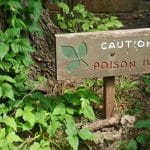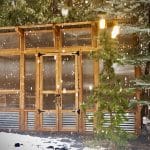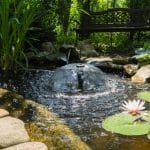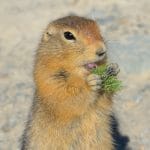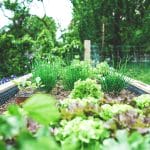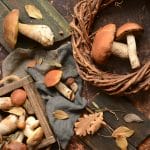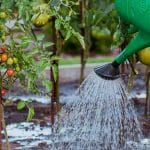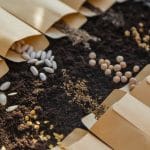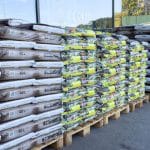Kangaroo Paw Care: When and How to Prune for More Blooms
Flowers In The Garden Pruning
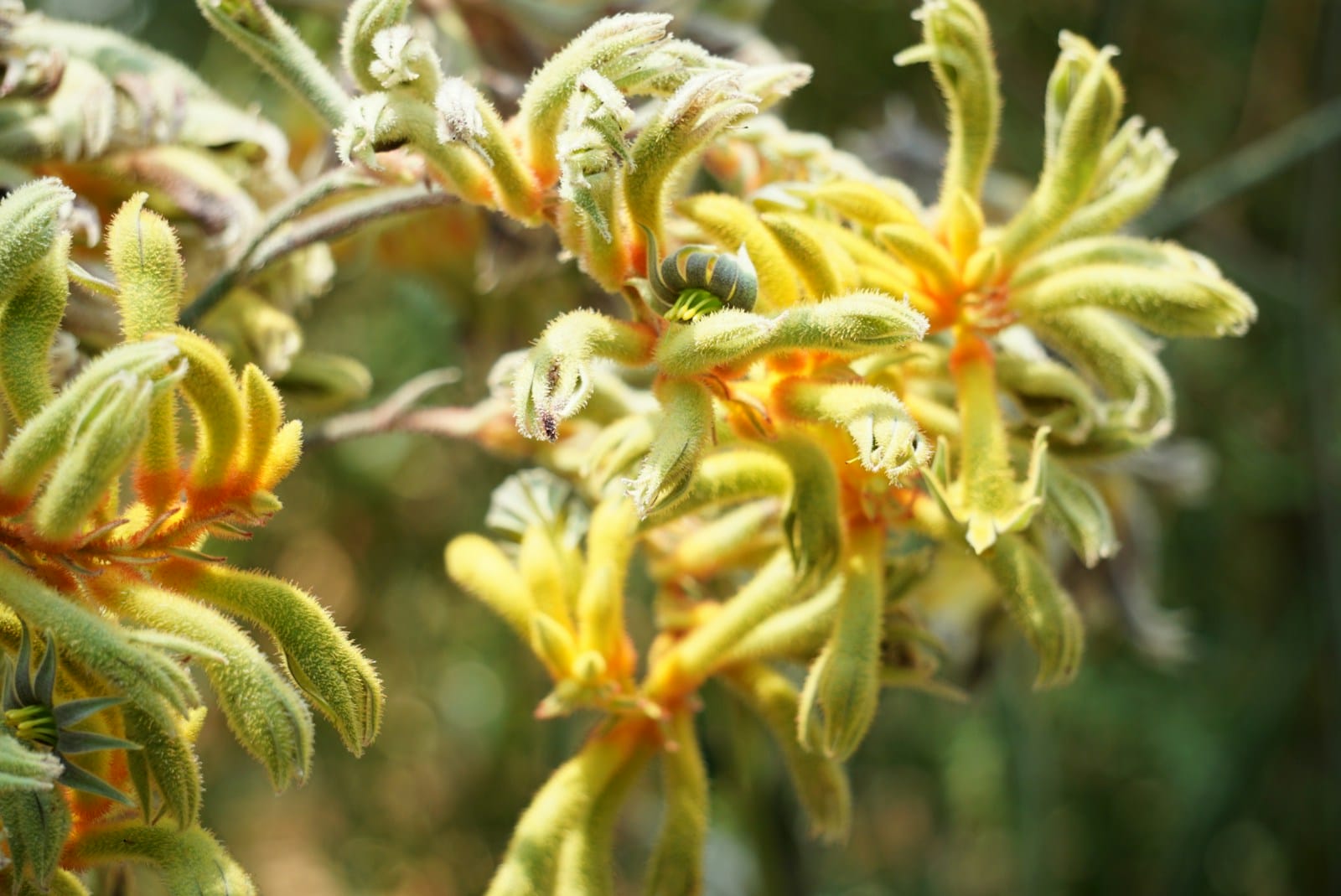
My Kagaroo Paws sat there for months like green question marks. No flowers, just stiff leaves and the occasional side-eye from a passing bee. I started to wonder if I’d messed something up—too much water? Not enough sun? But then, almost overnight, the stalks shot up and those fuzzy little blooms started unfurling like fireworks. Kangaroo paws. In full bloom. Finally.
Now here’s the part I didn’t plan for: what to do after the show’s over.
If you’re standing there staring at your spent blooms wondering what’s next, you’re not alone. I’ve composted more failed plans than I care to count. But these days, I know what to do when those strange little paw-shaped flowers start fading. Here’s the down-and-dirty truth, neighbor to neighbor.
First, a little background: What makes them tick?
Kangaroo paws are wild things—native to Australia, used to lean soils and long dry spells. Those unusual, tubular flowers? That’s not just flair. They evolved that way to attract birds and bees while keeping fungal disease at bay.
Most varieties bloom from late winter through summer, peaking in spring. But the exact schedule depends on your climate, how much sun they’re getting, and whether you’re hitting that sweet spot of just-enough care.
Step One: Get those old flower stalks outta there
Once the blooms start to brown or droop, don’t wait. Cut the entire flower spike down at the base—right where it meets the clump of leaves. No mercy.
Think of it like cutting hair after a bad dye job—leaving the old stuff just weighs everything down. The plant wastes energy trying to hold onto dead weight when it could be putting out new shoots. Trim it clean, and you’re giving it a fresh start.
Every flower stalk usually lasts a few weeks. If you deadhead regularly, you can stretch the blooming season much longer.
Want more flowers next time? Give ’em what they want
Here’s where most folks slip up, myself included back in the day. Kangaroo paws have opinions. They won’t throw out flowers just because you said pretty please. But give them the right setup, and they’ll reward you:
☀️ Sunlight
They need 6+ hours of full sun daily. No compromises. Shade them too much, and you’ll get leaves but no drama.
🌱 Soil
Well-drained sandy or loamy soil is gold. Heavy clay? You’ll want to amend it with gypsum and compost or switch to raised beds or pots. Wet feet are a deal breaker—rot moves in fast.
💦 Watering
Deep and infrequent works best. Let the soil dry out between waterings. It mimics their native rhythm and builds stronger roots. I use a long soak once or twice a week depending on the weather—just enough to reach the roots without soaking the crown.
🌾 Fertilizer
Start the growing season with a slow-release fertilizer. Doesn’t have to be fancy. I’ve heard folks swear by native plant feeds, especially for the black-flowered varieties, but truth is, kangaroo paws aren’t as picky as the myths make ’em sound. What they hate is overfeeding.
✂️ Air and elbow room
Give them space. Good airflow helps prevent black spot and other nasties. I learned the hard way after stuffing three plants too close together and basically built a fungus terrarium.
Watch for trouble: Ink spot & humidity headaches
One of the main issues is “ink disease” (sounds dramatic, right?). It starts as black splotches on the leaves and can spread fast in humid or wet conditions. If you see it, act fast:
- Snip off the affected leaves
- Water only in the morning
- Avoid overhead watering (drip is best)
- Give them more air—cut back surrounding plants if needed
And if you’re in a humid climate? Some varieties hold up better than others. Which brings me to…
Tried-and-true varieties for home gardeners
You don’t have to live in the Outback to grow kangaroo paws, but the variety you pick matters—especially in tight city yards or humid zones.
Regal Velvet (Anigozanthos ‘Regal Velvet’)
Tough, tall (up to 1.4m), and less prone to ink spot. Big red-green flowers and clean foliage. It’s one of the best for low-maintenance, high-impact planting. Great for weed suppression too. Doesn’t love humidity long-term though.
Ruby Velvet (Anigozanthos ‘Ruby Velvet’)
Shorter and sweeter—30 to 40 cm of dense growth with bold red flowers. It’s drought- and frost-tolerant, perfect for small spaces or containers. Just keep the soil well-drained and it’ll sing.
Everlasting Mega Gold
If you want color most of the year (minus cold snaps), this one’s your friend. Mid-size, disease-resistant, and gloriously golden. Tolerates heavier soils too—as long as it’s not soggy.
I’ve trialed all three in different corners of my yard. Regal’s a showstopper, Ruby works great near pathways, and Mega Gold? That one earns its keep with bloom after bloom.
One last thing: Let it rest, then watch it bounce back
After you’ve trimmed the old flower stalks, watered thoughtfully, and maybe tossed a little fertilizer its way, don’t hover. Give the plant time to regroup. If it’s healthy, new shoots will start pushing up soon, especially if the weather’s right.
Sometimes folks think their kangaroo paw is dying after bloom season. But really, it’s just catching its breath. Let it rest. Give it space. And don’t be afraid to clean up those old crispy leaves while you’re at it.
Quick FAQ
Q: Will it bloom again this year?
Depends on the variety and your local conditions. Some rebloom multiple times, others only once.
Q: Can I grow them in pots?
Absolutely. Just make sure the container drains well and gets full sun.
Q: What if the plant looks scraggly after blooming?
Totally normal. Trim spent flowers, tidy up old leaves, and it’ll push out new growth.
Q: Are kangaroo paws frost-tolerant?
Most aren’t—but they’ll survive cool temps if they get sunshine and aren’t sitting wet. Some types are tougher than others.
Q: Why are my leaves turning black?
That’s probably ink disease. Improve airflow, water at the base, and prune away damaged leaves.
So there you have it. Kangaroo paws aren’t complicated—but they’re not hands-off either. Treat them like the heat-loving, sun-chasing, drama queens they are, and they’ll light up your yard like a box of sparklers. And if you mess up? Don’t sweat it. The garden’s a forgiving teacher.
Grab your shears, pour another cup of coffee, and go give those paws a little love.
Share this post
Table of Contents
- First, a little background: What makes them tick?
- Step One: Get those old flower stalks outta there
- Want more flowers next time? Give ’em what they want
- ☀️ Sunlight
- 🌱 Soil
- 💦 Watering
- 🌾 Fertilizer
- ✂️ Air and elbow room
- Watch for trouble: Ink spot & humidity headaches
- Tried-and-true varieties for home gardeners
- Regal Velvet (Anigozanthos ‘Regal Velvet’)
- Ruby Velvet (Anigozanthos ‘Ruby Velvet’)
- Everlasting Mega Gold
- One last thing: Let it rest, then watch it bounce back
- Quick FAQ
All categories
More From The Garden
Disclosure: This post may contain affiliate links. That means if you click and buy, The Bright Garden may earn a small commission, at no extra cost to you. We only recommend products we’ve vetted and believe will benefit our readers.


